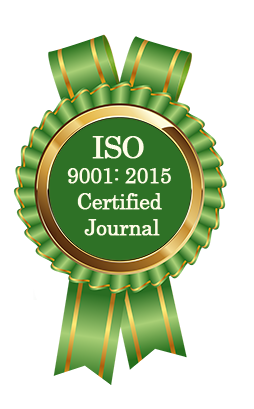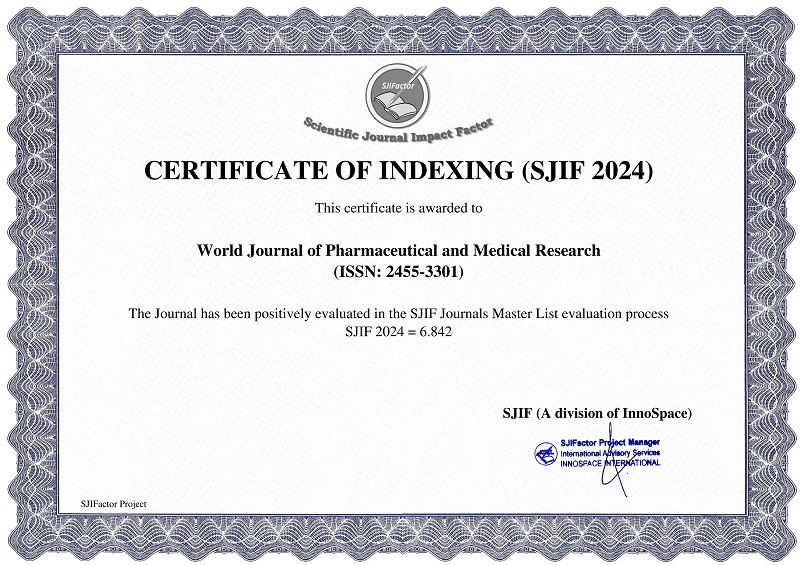ANTIBIOTIC SUSCEPTIBILITY AND RESISTANCE IN BACTERIAL ISOLATES FROM PUS SAMPLES: A SYSTEMATIC REVIEW
Ritul Kapoor*, Dr. Atul Khajaria and Dr. Raj Kumar
ABSTRACT
Pus samples, often collected from wound infections, abscesses, and surgical sites, are critical in identifying bacterial pathogens and determining appropriate antibiotic treatments. This review explores the antibiotic susceptibility patterns of bacterial isolates from pus samples, focusing on the prevalence of resistant strains, regional variations, and resistance mechanisms observed between 2017 and 2024. Gram-positive bacteria such as Staphylococcus aureus and Gram-negative pathogens like Escherichia coli, Pseudomonas aeruginosa, and Klebsiella pneumoniae remain the dominant isolates, exhibiting diverse resistance mechanisms, including β-lactamase production, efflux pump activation, and biofilm formation. The findings emphasize the importance of routine antibiotic susceptibility testing, infection control measures, and robust antibiotic stewardship programs to mitigate resistance trends. Understanding these patterns is crucial for guiding empirical treatment, reducing treatment failures, and minimizing healthcare burdens associated with antibiotic-resistant infections.
[Full Text Article] [Download Certificate]



